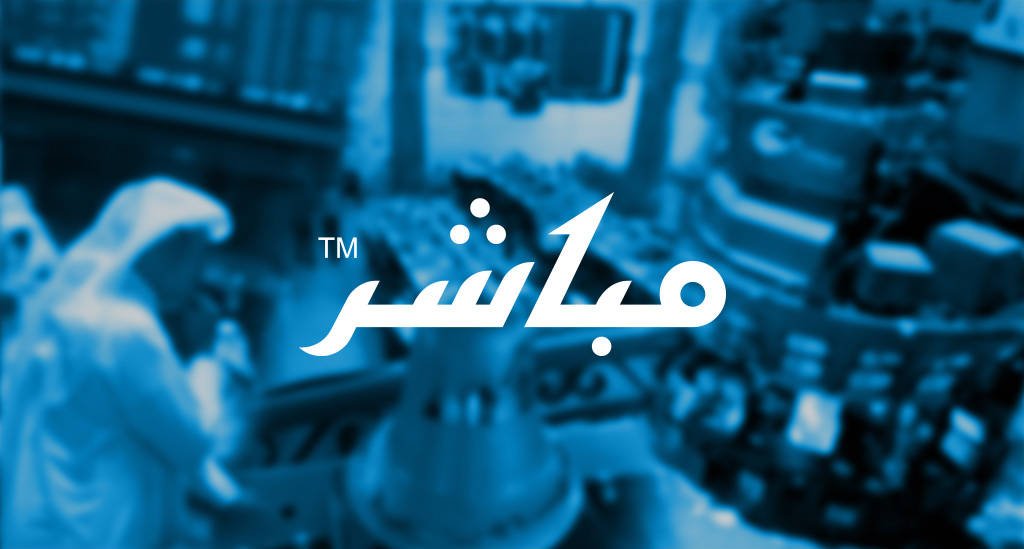The team, engineer/ Kamel Al-Wazir, Deputy Prime Minister for Industrial Development and Minister of Industry and Transport, inspected the work sites of the first line project of the high-speed electric train network (Ain Sokhna – Alamein – Matrouh), in the distance from the South Helwan area at the path bridge to cross the Nile until the path bridge intersection. High-speed electric train with the highway.
This came within the framework of implementing the directives of President Abdel Fattah El-Sisi, President of the Republic, to expand the establishment of a network of green, sustainable, environmentally friendly public transportation, and within the framework of following up on the implementation of the Sokhna/Alexandria logistical corridor, which consists of (Sokhna Port – the first line of the high-speed electric train network – the dry port on the 10th. From Ramadan – the “Roubiki/10th of Ramadan/Belbeis” railway line – Alexandria Grand Port).
The tour began with the Minister inspecting the construction work of the South Helwan Bridge on the Nile from the Tebin Road (extension of the Nile Corniche) to the Cairo/Aswan Agricultural Road, where the Minister directed the intensification of the work and its implementation in accordance with high quality standards and the completion of the bridge, which is 2,520 km long, according to the planned date. Then the Minister inspected the station. Cairo in the Helwan area, which serves the city of Helwan, the 15th of May City, and the entire area south of Cairo, where the Minister followed the final finishes of the station, and reviewed the flow chart for passenger traffic from its main entrance until arriving at the ticket halls, movement between platforms, and the availability of elevators to facilitate the movement of passengers, as well as the administrative exploitation plan. The optimal investment for all areas of the station.
He also reviewed the finishing position of the other stations and the Minister directed that all works therein be carried out in accordance with the latest international specifications and the optimal commercial exploitation of all the spaces therein.
The Deputy Prime Minister for Industrial Development and the Minister of Industry and Transport also reviewed what was completed and is being delivered from the track to the alliance (Siemens / Orascom / Arab Contractors), as well as the work of implementing basalt brushes and installing the bars and electrical catenary poles, after which the electromechanical works will be carried out.
The Minister also reviewed the timetable for manufacturing and supplying mobile units for the first line of the network, where the manufacturing of three express trains (Velaro) has been fully completed, and two other trains are being manufactured out of a total of 15 express trains designated for the line. The manufacturing of five regional trains has also been completed ( Desero), one of them has arrived in Cairo, and seven other trains are being manufactured, out of a total of 34 regional trains allocated to the line, in addition to the completion of the manufacturing of two electric tractors for goods, out of a total of 14 goods tractors.
The Deputy Prime Minister for Industrial Development and Minister of Industry and Transport explained that the high-speed electric train network, which will cover all parts of the Republic, in addition to being development arteries, will serve new and existing urban and industrial areas, such as the industrial areas in (Helwan, May 15, Borg El Arab, 6th of October, New Minya, New Assiut, and other areas). Industrial) as well as serving the tourist areas (cultural, historical, religious, and beach) in Egypt, such as serving the tourist areas in Giza, Sohag, Luxor, Aswan, Abu Simbel, and the Red Sea) and other tourist places in Egypt, and serving the new agricultural areas, whether in the new delta, the future of Egypt, or Paradise. Egypt, west of Minya, Toshka, and east of Owainat.
In addition to creating logistical hubs linking the Red Sea, the Mediterranean Sea, and the north and south of the country, linking industrial areas (production areas) with sea ports (export centers), as well as linking modern agricultural development areas (New Delta – West Minya – Toshka – Mostaqbal Egypt -…) With consumption areas and export ports, in addition to linking tourist areas (diving and beach tourism in the Red Sea – cultural tourism in each of the Giza pyramids), allowing the diversity of tourism programs in one tourist trip. This network will also contribute to achieving integration with airports, sea ports, and land roads to achieve the concept of transportation. Multimodal and linking seaports, dry ports, and logistics centers, as well as serving the goals of sustainable urban development, redistributing the population, creating new development hubs, and reducing environmental pollution. Pointing to the first line of the three-speed electric train network, it provides thousands of direct and indirect job opportunities.
It is worth noting that the first line project of the network (Sokhna – El Alamein – Matrouh) extends its route from Sokhna to October Gardens, then branches south until Al Ayat and north until Alexandria, El Alamein, and Matrouh, with a length of about 660 km and includes 21 stations (13 express train stations, and 8 stations). Regional) in addition to 1 command and control center, and this line enters the Sokhna/Dekheila logistical corridor.























